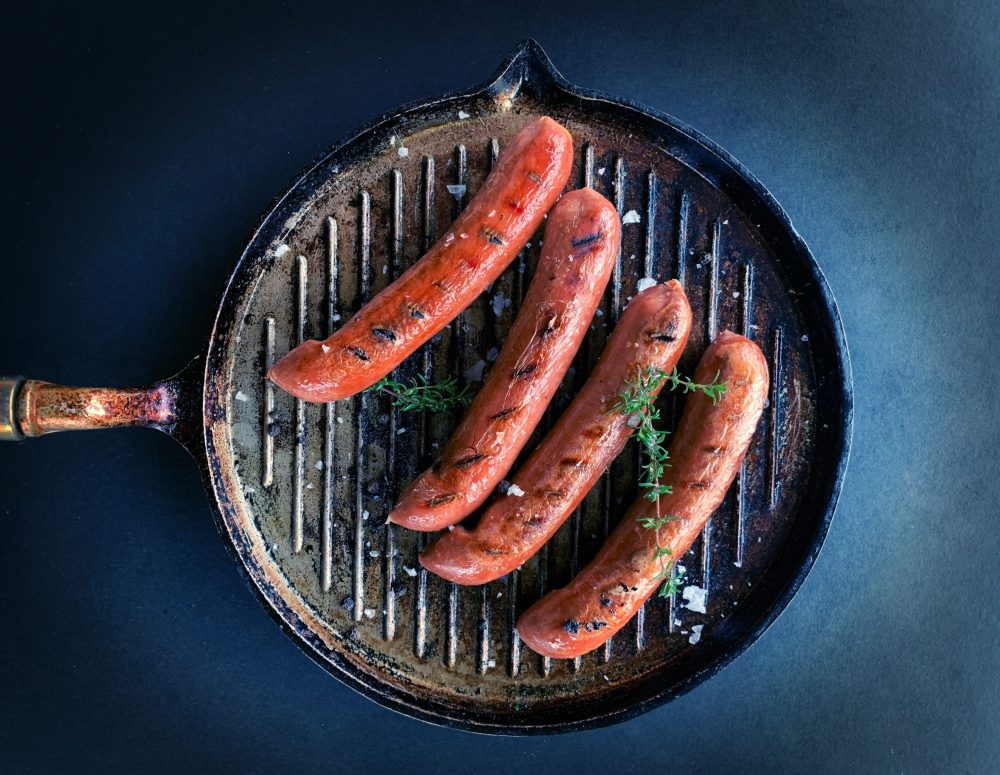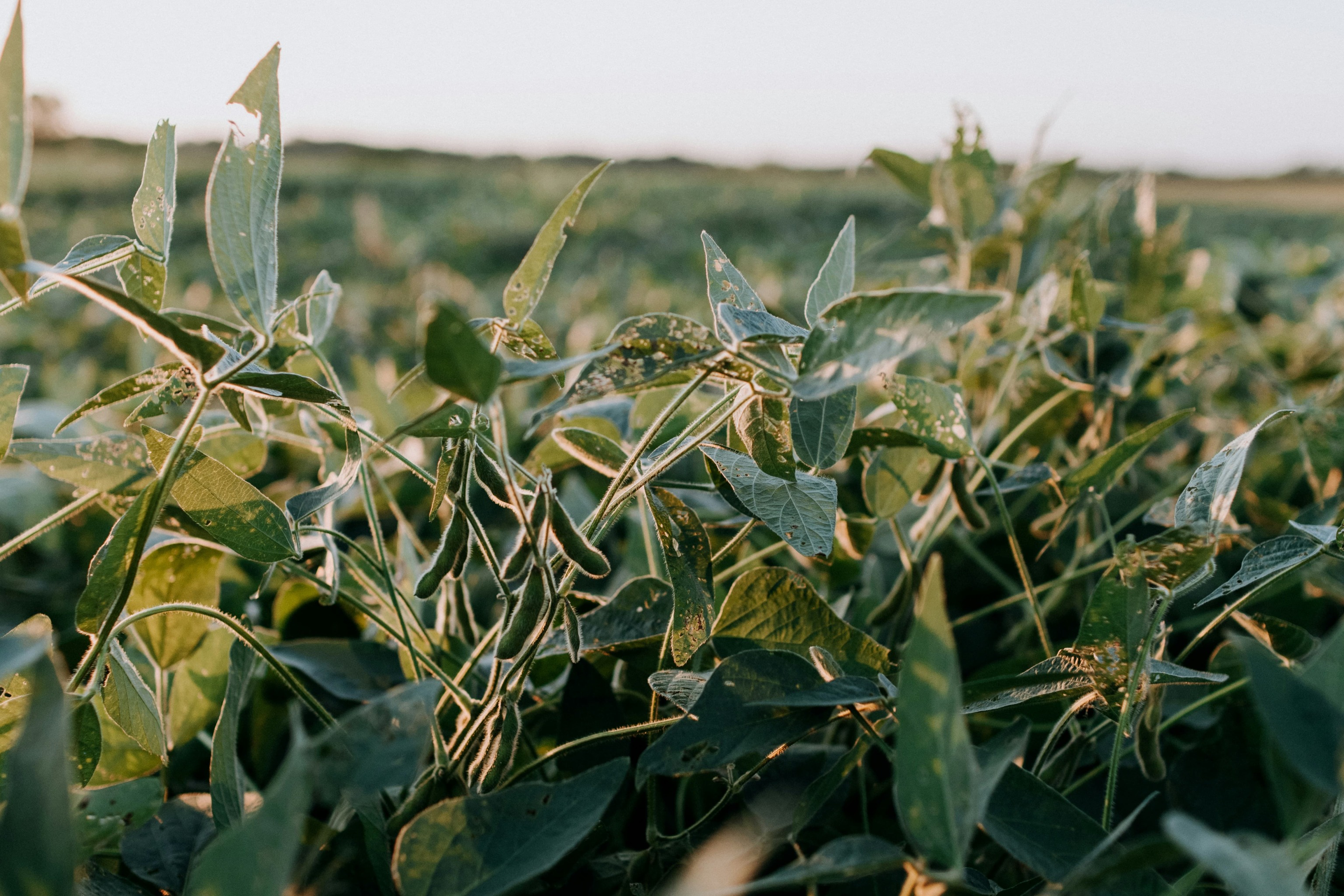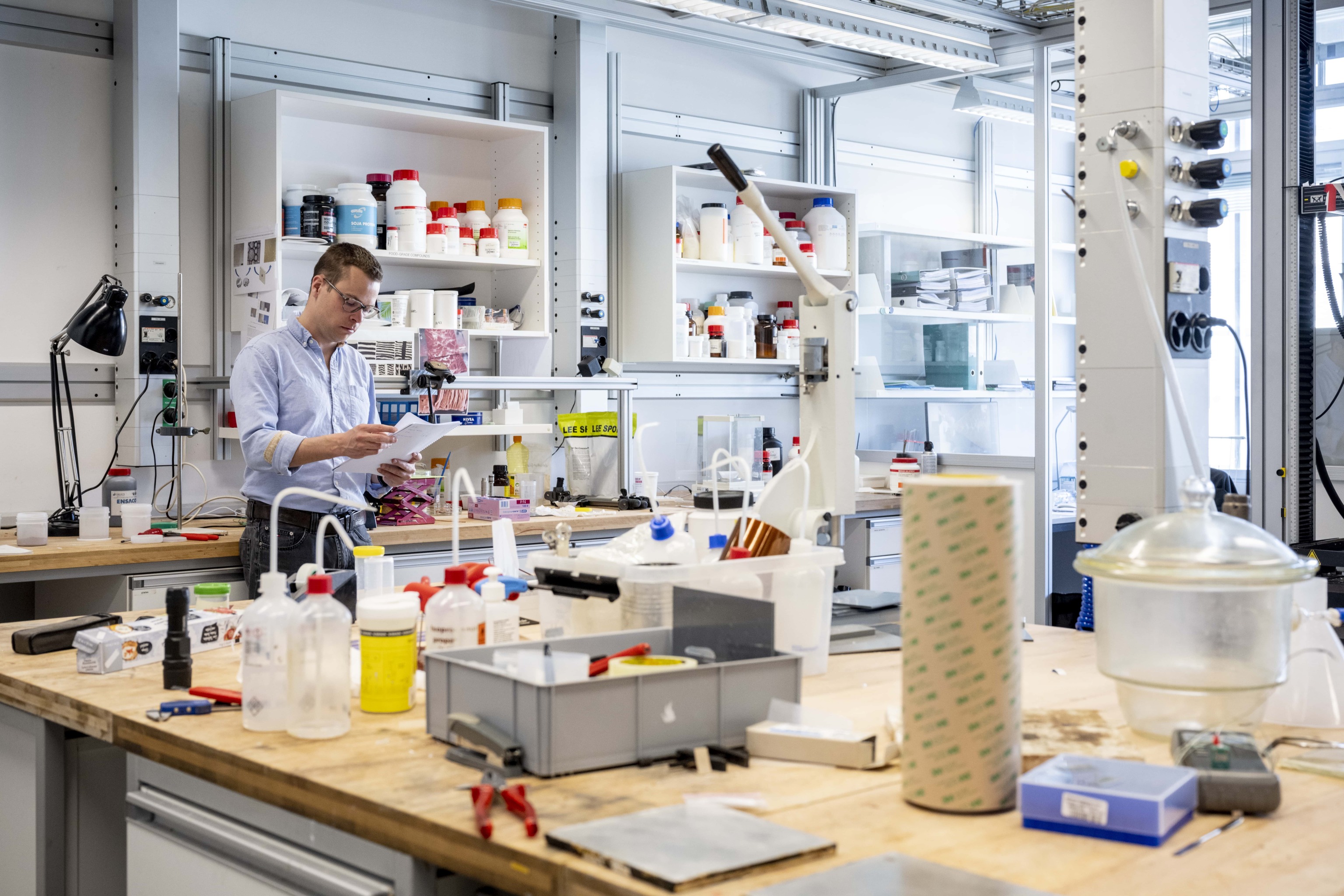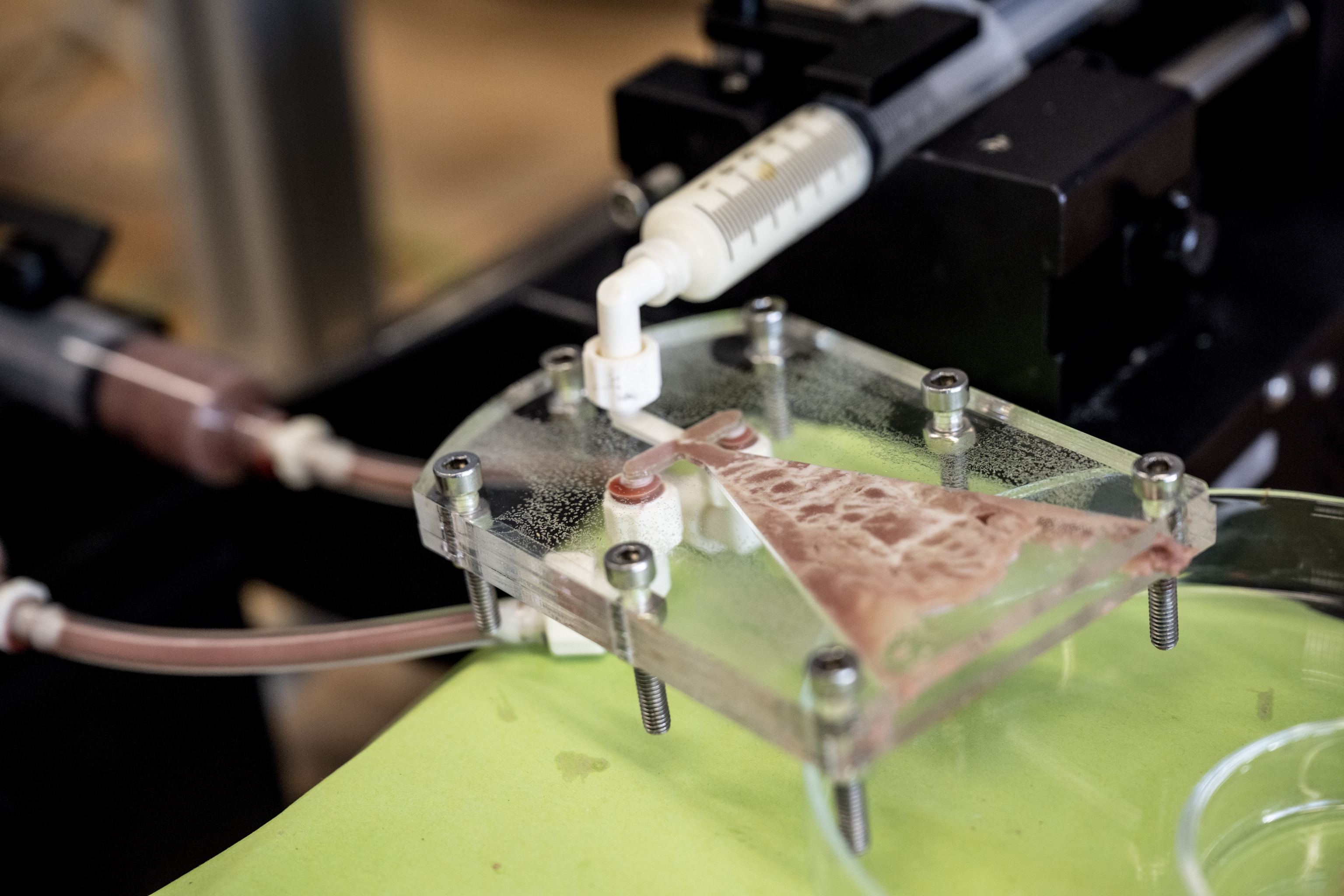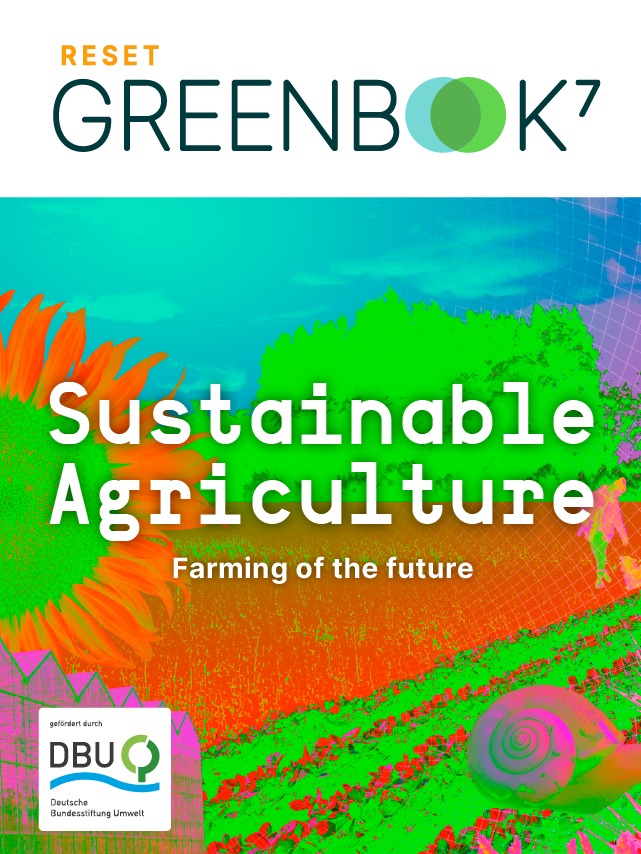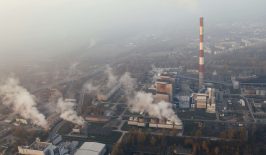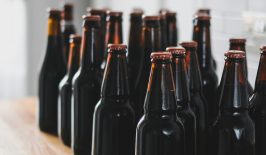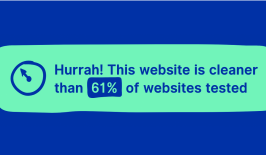The meat industry has a huge impact on our climate. The entire production chain, including the cultivation and transport of animal feed, emissions from animal breeding and the slaughtering and processing of meat, is responsible for more than 14.5 percent of global greenhouse gas emissions. But we also need protein for a balanced diet. Climate-conscious consumers are therefore increasingly turning to meat substitutes.
The counters of grocery shops are full of a wide range of these substitute products. By now, everyone — whether a convinced vegan or a passionate meat eater — has probably tasted at least one of the plant-based protein products. Opinions differ when it comes to flavour. Some vegans find the flavour of some products almost too meat-like, while other meat eaters still find the taste far too different from the original.
What’s inside?
But apart from the flavour, it is always worth taking a closer look at the list of ingredients. The processed protein usually comes from pulses such as soya, peas or chickpeas – all of which are rich in valuable amino acids, the building blocks for proteins. However, this alone does not make it possible to imitate meat and sausage products. Similar to the original, the nutritional table of plant-based alternatives contains a lot of fat, in this case from vegetable oils, and salt. In addition, there are often many additives, some of which are questionable, to create the right consistency and meat-like flavour.
If you compare the nutritional value tables alone, the supposedly healthier alternatives do not necessarily appear to be better. However, the products are all slightly different from each other and it is worth checking the back with the list of ingredients and nutrition charts.
Where does the soya come from?
A frequently used vegan protein for substitute products is obtained from the soya plant. This legume contains all the amino acids that are essential for us humans — i.e. those we need from food and numerous other nutrients that make it so valuable.
However, cultivation has increasingly made headlines in recent years, as the meat industry has also discovered the soya bean as an effective animal feed. The general increase in demand for soya has led to huge areas of rainforest being cleared in South America. In place of the primaeval forests with their finely networked ecosystems, which are important for the flora and fauna, soya monocultures with high pesticide use are being planted without much added value for the flora and fauna. The role of the pharmaceutical giant Bayer in relation to dependencies for expensive genetically modified soya seeds and the provision of strong pesticides is also controversial in this context.
However, the soya used for meat substitutes almost always comes from Europe. If you want to be sure, you can explicitly look out for substitute products with soya protein from local cultivation.
Chaotic fat fibres — vegan meat substitutes from the 3D printer
New, innovative processes are also increasingly playing a role in the development of sustainable meat alternatives. The consistency of current substitute products is usually quite uniform. Therefore, it is mainly products made from minced meat such as meatballs and sausages that are imitated. Creating complex meat marbling artificially is significantly more difficult. “You have to replicate something that has no regularity whatsoever,” explains materials scientist Martin Hofmann from ETH Zurich. The researcher is working on the development of a process for the production of plant-based alternatives for high-quality meat such as steaks.
Steaks are known for their tender mouthfeel, juicy flavour and pink colour. Two things make the bite into such a steak unique: the fibrous structure and the special distribution of the fatty tissue – the marbling. “Nature has taken a long time to develop a beef muscle. Recreating this requires a lot of research,” says Hofmann.
Only if the protein structure of meat can be reproduced on a biochemical level will the vegan alternative also feel like meat in the mouth. The main component of the plant-based steak is a pea protein, the structure of which is adapted to the animal model in the laboratory. To imitate the fibrous structure of meat, the protein mass is pressed under pressure into a specially developed attachment and enriched with carrot, pea and wheat fibres as well as a little water and oil.
In this alternative, the fatty tissue characteristic of steaks consists of a simple water-oil emulsion. The so-called “additive processing” is therefore a special 3D printing process in which the protein mass and the fat are continuously pressed into an attachment and mixed in the process. Two components are the key to success: the hardware consisting of two extrusion nozzles for the pea protein and the fat, and software programmed by Hofmann that controls how the two substances are mixed.
As the fat content of the emulsion can be greatly reduced, the plant-based steak is not only more environmentally friendly, but also healthier than the animal original and many of the conventional meat substitutes.
Agriculture is facing major challenges: On the one hand, it is severely impacted by biodiversity loss and the effects of climate change. On the other, agriculture itself massively contributes to these issues.How can digital solutions on fields and farms help to protect species, soil and the climate?
We present solutions for a digital-ecological transformation towards sustainable agriculture. Find out more.
How can digital solutions on fields and farms help to protect species, soil and the climate?
We present solutions for a digital-ecological transformation towards sustainable agriculture. Find out more.
The happy medium
There is no question that meat consumption must be reduced in the future – this serves both animal welfare and climate protection. In addition to climate emissions, the area used to grow animal feed for the conventional meat industry is also enormous, accounting for around 60 per cent of the total agricultural area in Germany. That is around ten million hectares of land. Why shouldn’t this land be put to better use for the domestic cultivation of soya, peas and chickpeas?
Plant-based meat substitutes can be a sensible alternative to covering our protein requirements through food. Solutions such as the vegan steak from the 3D printer with perfect fat marbling will probably win over the taste buds of even the most passionate meat eaters in the future. Nevertheless, it is important to take a closer look at meat substitutes and find a sensible way to consume them. It doesn’t have to be a vegan boulette or vegan schnitzel every day. Protein-rich pulses can also be easily integrated into the diet in a less processed form and usually retain more valuable nutrients and vitamins.
Of course, there is no reason why you shouldn’t try a plant-based steak from time to time. Just as with normal meat, the same applies to vegan alternatives: moderate and conscious consumption is the happy medium.
